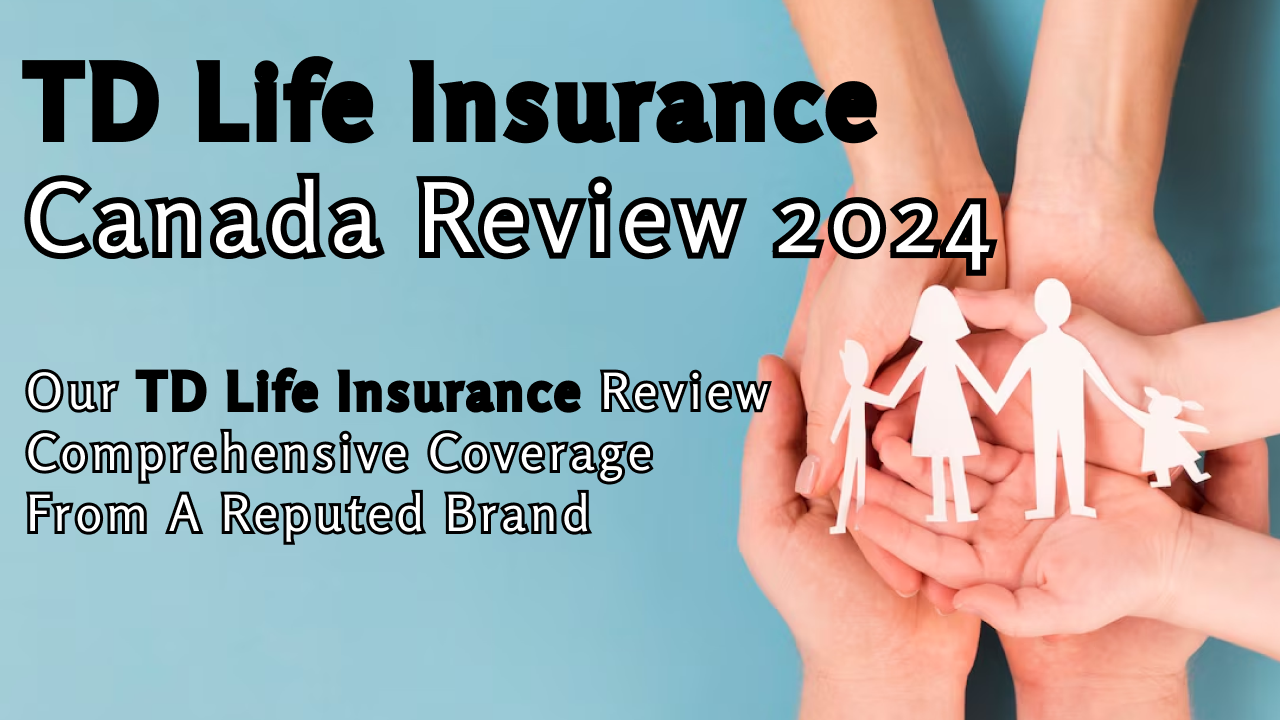TD Life Insurance Canada Review 2024
TD Life Insurance is offered by one of Canada’s largest financial services groups. While the TD Bank Group is a leader in banking, investment services, insurance, credit cards, and more, TD life Insurance is a fairly young product. However, could it be the right fit for you? Does it have everything you’re looking for? To find out, read our complete review on TD life insurance, including its pros, cons, coverage, pricing, and further. Company Overview TD Insurance is a member of Toronto-Dominion Bank (TD Bank), originally a product of the merger of the historic Bank of Toronto and The Dominion Bank. TD Bank was founded in 1955, and it is now the largest bank in Canada, and amongst the top ten largest banks in North America, with their total assets being $1.92 trillion. Headquartered in Toronto, Ontario, TD Bank currently serves over 13.5 million Canadian customers in over 1000 Canadian Branches. TD Bank has over 27.5 million customers worldwide, with a team of 95,000 employees. TD Insurance provides many insurance services, such as auto insurance, home insurance, life insurance, travel insurance, sickness insurance, accident insurance, and protection plans. TD offers a handful of life insurance options that include both term and permanent life insurance options. Find out everything you need to know about Life Insurance companies in Canada in our article about the Best Life Insurance Companies in Canada. Our TD life insurance review: Comprehensive coverage from a reputed brand TD Insurance is part of TD Bank Group which is headquartered in Toronto, Canada and has over 90,000 employees worldwide. The company offers TD life and health insurance solutions (and td life and critical illness insurance), as well as other policies, exclusively to Canadian residents and retail customers. Often referred to as TD Bank life insurance due to the association, it is a favoured policy for millions of Canadians. Unlike many other providers in Canada, TD life insurance (also including td mortgage life insurance) plans are fully underwritten by TD Life Insurance Company. It is a good solution for those looking to provide comprehensive financial security for their loved ones, especially for current customers who can receive 10% off the life insurance premiums. Its affiliation with TD Bank Group lends credibility, and the availability of no-medical-exam policies and discounts make the insurance plans quite an impressive option. However, it might not be ideal for everyone. While it offers a variety of coverage options, it might not provide the same breadth as other insurers. Those over 35 might face higher premiums, and the limited range of riders and products could be limiting for those seeking specialised coverage. Pros of TD life insurance Canada Cons of TD life insurance Canada How much does TD life insurance cost? The costs of plans vary essentially depending on the type of coverage you want and certain personal variables. For example, your age, smoking and health status, residence and gender all play a part in determining your life insurance premiums. Fortunately, the company has costs and quotes available for customers through their website. The table below shows a range of monthly premiums for healthy, non-smoking female and male customers for a 20-year TD term life insurance policy with $250,000 coverage. The premiums also take into consideration the 10% discount available for existing TD customers. Age Female (Premium per month) Male (Premium per month) 25 $15.30 $19.80 30 $16.20 $19.80 35 $19.80 $23.40 40 $26.10 $32.40 45 $36.90 $51.30 50 $58.50 $81.90 55 $98.10 $144.00 How to get a TD life insurance quote? If you are certain the plans from this company are the right fit for you, quotes are readily available through their website and online quoting tool. All you have to do is navigate to the life insurance solutions and link through to their pricing page. Once there, you enter your personal information and requested coverage amount to get a live quote. Sometimes, however, you won’t be able to finalise your TD life insurance quotes using the online system. This may be due to how you answered some medical questions in the application stage. In those instances, the best way to get accurate policy or plan quotes tailored to suit your unique needs is by contacting a licensed company advisor. How to contact TD life insurance? The customer service can be reached directly via the td life insurance contact methods below, or a call can be requested from an authorised advisor through their website. TD Life Insurance Contact Method Contact Details Phone number 1-877-397-4188, Mon-Fri 8:00 am to 10:00 pm and Saturday 10:00 am to 6:00 pm Address in Quebec 2990, Pierre-PeladeauSuite/Unit – 200 Laval, Quebec H7T 0B1 Mailing Address TD Insurance TD Life Insurance Company P.O. Box 1 TD Centre Toronto, Ontario M5K 1A2 What does TD life insurance cover? It covers Canadians who are looking to protect their families and loved ones from the potential financial burden of their passing. It does so and very effectively by covering all causes of death from natural to accidental, as well as homicide and suicide after two years of continuous coverage. TD Canada life insurance is the perfect way to provide financial security when planning for family protection, business continuation or in specific situations. Financial security within these three categories can often be broken down into the following. Family protection Business continuation Special needs What types of life insurance does TD offer? The company offers a limited yet good range of insurance products including both temporary and permanent life insurance solutions. TD provides coverage ranging from $50,000 to $10,000,000. These include straightforward 10-year term life and 20-year term life insurance, as well as a hybrid term and whole life insurance product called Term 100 Lifetime Coverage. All policies are also available at discounted rates if you fulfil either of the criteria below. Save 10% if: Save 5% if: TD Term Life Insurance TD term life insurance comes in two product options: A 10-Year Term and 20-Year Term Life. Both policies are simple temporary-term life insurance plans that are great for those wanting to save money on premiums but still provide good … Read more



